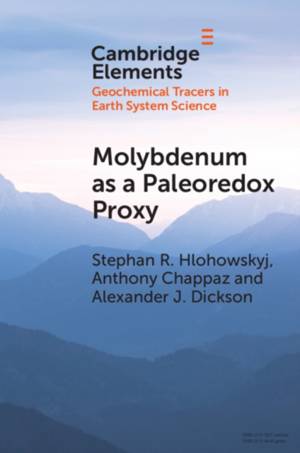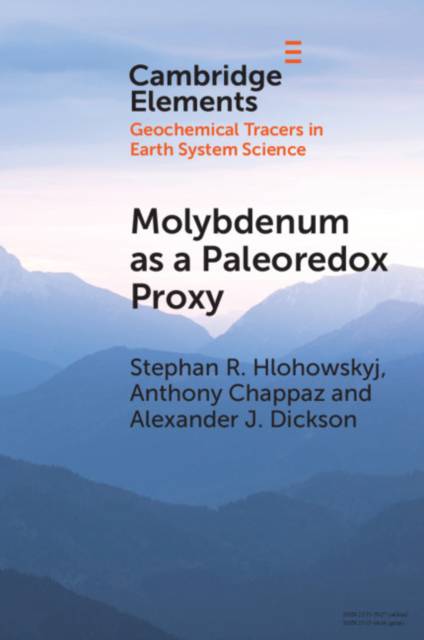
- Afhalen na 1 uur in een winkel met voorraad
- Gratis thuislevering in België vanaf € 30
- Ruim aanbod met 7 miljoen producten
- Afhalen na 1 uur in een winkel met voorraad
- Gratis thuislevering in België vanaf € 30
- Ruim aanbod met 7 miljoen producten
Zoeken
Molybdenum as a Paleoredox Proxy
Past, Present, and Future
Stephan R Hlohowskyj, Anthony Chappaz, Alexander J Dickson
€ 33,45
+ 66 punten
Omschrijving
Molybdenum (Mo) is a widely used trace metal for investigating redox conditions. However, unanswered questions remain that concentration and bulk isotopic analysis cannot specially answer. Improvements can be made by combining new geochemical techniques to traditional methods of Mo analysis. In this Element, we propose a refinement of Mo geochemistry within aquatic systems, ancient rocks, and modern sediments through molecular geochemistry (systematically combining concentration, isotope ratio, elemental mapping, and speciation analyses). Specifically, to intermediate sulfide concentrations governing Mo behavior below the 'switch-point' and dominant sequestration pathways in low oxygen conditions. The aim of this work is to 1) aid and improve the breadth of Mo paleoproxy interpretations by considering Mo speciation and 2) address outstanding research gaps concerning Mo systematics (cycling, partitioning, sequestration, etc.). The Mo paleoproxy has potential to solve ever complex research questions. By using molecular geochemical recommendations, improved Mo paleoproxy interpretations and reconstruction can be achieved.
Specificaties
Betrokkenen
- Auteur(s):
- Uitgeverij:
Inhoud
- Aantal bladzijden:
- 34
- Taal:
- Engels
- Reeks:
Eigenschappen
- Productcode (EAN):
- 9781108995283
- Verschijningsdatum:
- 9/09/2021
- Uitvoering:
- Paperback
- Formaat:
- Trade paperback (VS)
- Afmetingen:
- 152 mm x 229 mm
- Gewicht:
- 58 g

Alleen bij Standaard Boekhandel
+ 66 punten op je klantenkaart van Standaard Boekhandel
Beoordelingen
We publiceren alleen reviews die voldoen aan de voorwaarden voor reviews. Bekijk onze voorwaarden voor reviews.








